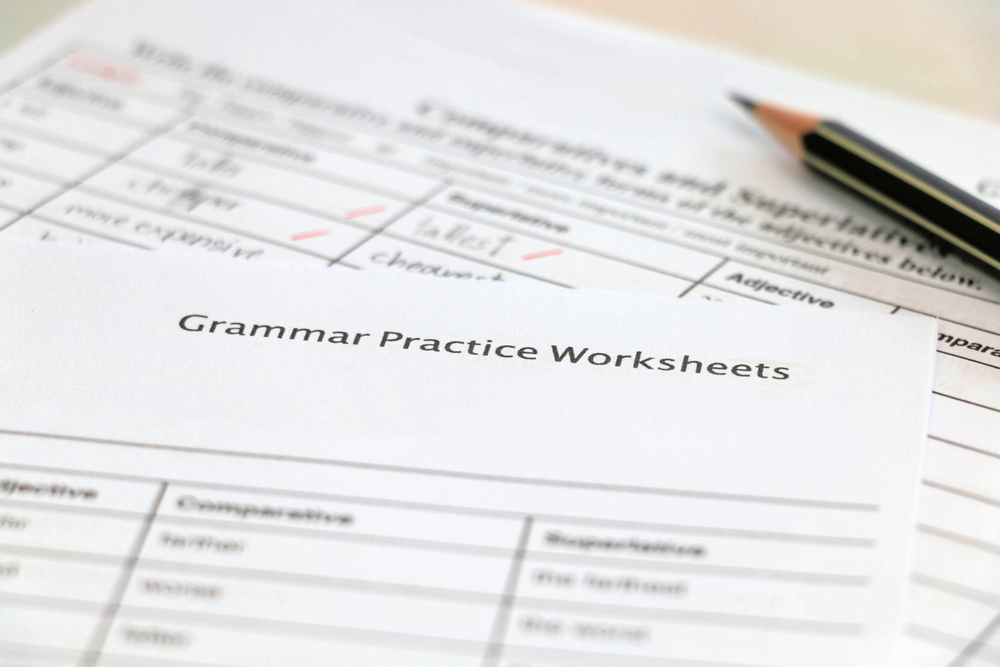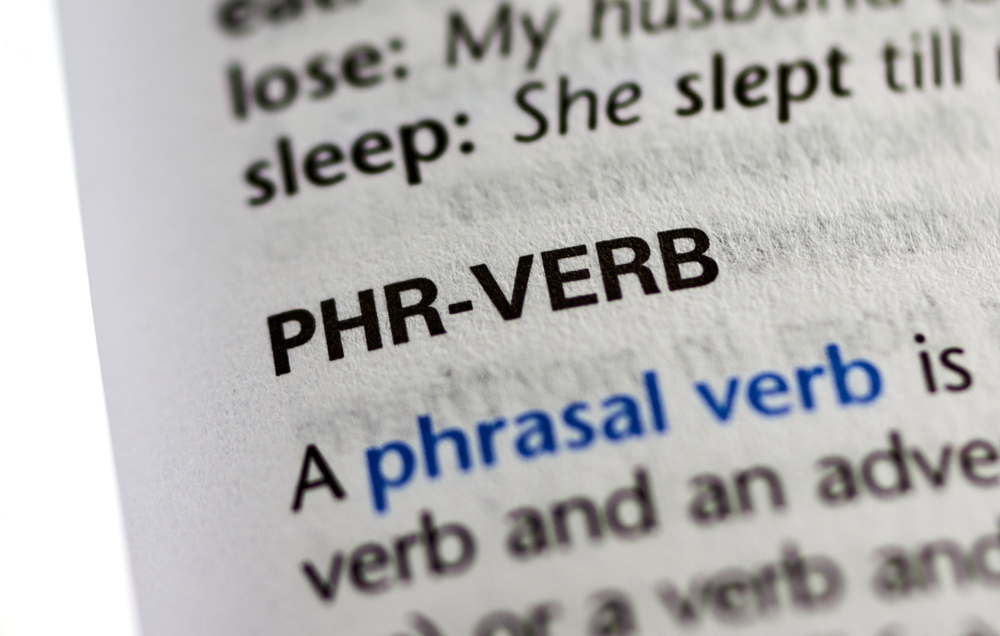Grammar is an important part of our professional and personal lives. After all, grammar dictates how we speak and write, whether it be English, Spanish, French, or one of the many languages used around the world.
Descriptive grammar refers to language rules based on how people actually speak, rather than prescriptive grammar, which follows syntactical rules and the proper word usage.
Descriptive grammar varies in different languages and cultures.
Check out these examples of descriptive grammar.
Table of Contents
1. Ain’t

One of the biggest examples of descriptive grammar is the word ain’t, which is frowned upon by many grammarians but is proudly used across numerous cultures in non-academic text and speech.
Ain’t may be controversial to some, but it isn’t much of a concern to descriptive grammarians who understand its purpose as a contraction for is not, am not, are not, and has not.
Some dialects even use ain’t as a contraction for do not, did not, and does not.
The Southern United States has used ain’t for centuries, and this informal slang term is also common across England, Australia, and New Zealand.
If someone says “I ain’t doing that” or “I ain’t going” in casual conversation with someone who speaks the same dialect, it’s generally accepted.
Only when looking at the word from a prescriptive grammar angle is it considered wrong.
Despite the debate, ain’t has a spot in the dictionary and is supported by descriptive grammarians who look objectively at the pronunciation and meaning.
If two people follow the same speech patterns, then ain’t is deemed acceptable in many areas even though it isn’t formally correct.
2. Than him/her

While school students are primarily taught prescriptive grammar – the ideal grammar usage based on what makes the most sense – as they grow up, they will be introduced to a wide range of descriptive grammar.
This is especially true when comparing two things. “I’m younger than her” or “I’m older than him” are prime examples.
In this case, the subject pronoun is matched with a verb, but the object pronoun is not. Although this sentence is pretty standard, technically, it’s grammatically incorrect.
However, most people aren’t going to say, “I’m younger than she” or “I’m older than he,” as that sounds funny.
As with all grammar rules, it’s subjective to the speaker, and some descriptive grammar examples are more widely accepted than others.
In the case of comparisons, descriptive grammar is actually more popular and well-known than the prescriptive grammar outlined by strict English grammarians.
3. Less and fewer

Some other examples of descriptive grammar include the use of less and fewer in the same sentences, rather than for their prescribed purpose.
Standard school learning objectives and lessons go through the difference between less and fewer.
The English language rules state that “less” is used for mass nouns, such as less money or less water.
In that case, “less people” or “less problems” don’t make sense according to prescriptive grammar rules.
Instead, fewer should be used for countable nouns, so you would say fewer items or fewer issues.
A lot of times people swap these quantifiers around, especially when chatting casually with family or friends.
Just remember, if you can count the number of objects, then fewer should be used to describe it rather than less.
It may seem small, but high school teachers and college professors often pay extra attention to his type of descriptive grammar.
4. To boldly go

Another descriptive grammar example is “to boldly go” or “to softly fall”. Anytime you use an infinitive, it should go after the speaker to match prescriptive grammar rules.
That means, formally speaking, you should say or write “to go boldly” or “to fall softly”. This comes more naturally to some speakers than others, so it really depends on the context of the conversation whether you lean toward descriptive or prescriptive grammar.
Remember, grammar and language rules may be adapted based on social identities and cultural circumstances, especially in the modern age.
Although “to boldly go” features a split in the sentence that strict grammarians aren’t huge on, it may still make sense in some settings, and it isn’t the worst grammar faux pas out there.
5. The meeting was held

In descriptive English grammar, something that you see a lot is passive voice.
“The meeting was held by the school” is an example of passive voice. Speakers and writers are encouraged to use active voice, which would be “the school held the meeting.”
In passive voice, the subject receives the verb action instead of performing the action as with active voice.
Even though a lot of academics shy away from passive voice, it’s not all bad. Sometimes passive voice is actually preferred due to the subtle tone, which may be required in certain conversations or written work.
If you want the reader to pay more attention to the action rather than who is doing it, passive voice is better.
In fact, many lab reports use passive voice to maintain objectivity in scientific studies.
6. Come over to have

Descriptive grammar in the English language also includes phrasal verbs, which occur when a normal verb is combined with a preposition or an adverb.
Here are a few similar examples:
- Come over to have coffee
- Look at that study
- Leave out that information
- Put up with her attitude
- Find out more details
Essentially, phrasal verbs could be shortened to one or two words but instead create wordy sentences that are longer than they need to be.
It’s not against grammar rules to use phrasal verbs, as some are more useful than others, but often there’s a better alternative to consider.
For example, instead of saying “come over to have”, you could say “visit me”. “Look at” could be shortened to “review,” “leave out” may become “omit”…the list goes on.
Because phrasal verbs are so ingrained in the English language, internet grammar checkers are one of the fastest and easiest ways to see if your writing contains any unnecessary verbiage.
7. I don’t know nothing

English-speaking adults and children alike may say “I don’t know nothing” instead of “I don’t know anything” in another case of descriptive grammar over proper grammar.
If you look at this statement from a grammarian’s point of view, the use of nothing doesn’t make sense with the sentence flow and structure as it’s a double negative.
Generally, grammar rules say to avoid double negatives, which occur when two negative elements are used in the same sentence.
“You ain’t seen nothing” and “I can’t get no satisfaction” are other common double negatives, which may be used in pop culture and casual references but not in formal speech.
While double negatives can be useful examples in helping language learners better understand and mimic native speakers, they can also be confusing because such descriptive grammar is not common in formal speech and corporate or academic writing.
That’s why it’s best to use a positive noun or a positive verb in conjunction with negative words, even if descriptive grammar says otherwise.

When it comes to speaking and writing, it’s all about finding the balance between how people really talk and what makes the most sense for a given language.

















